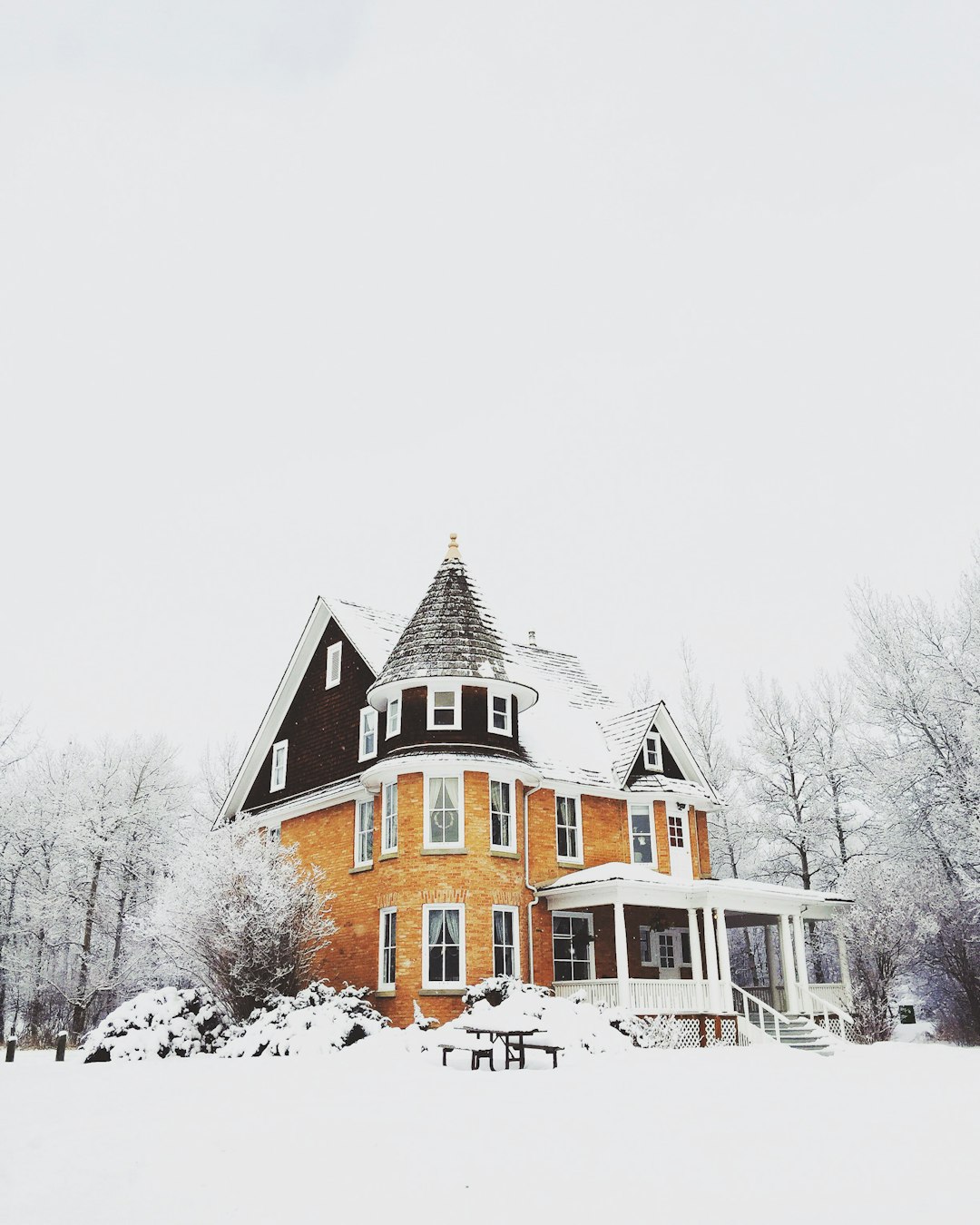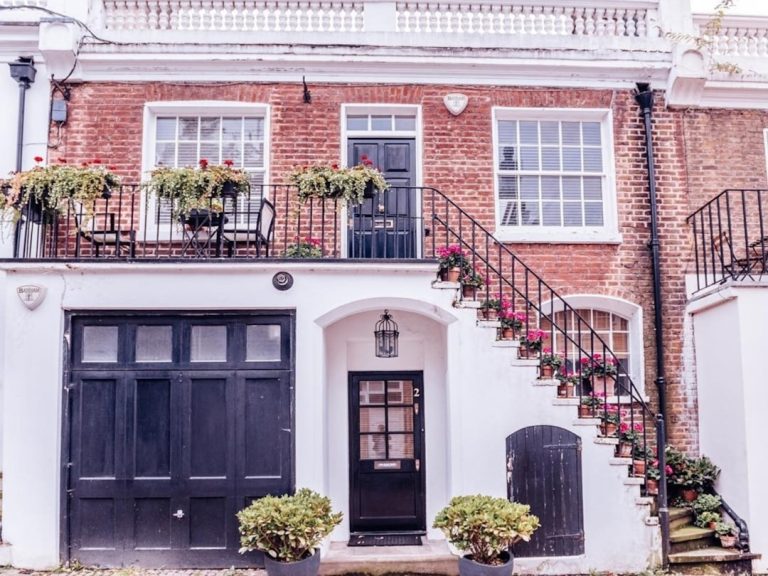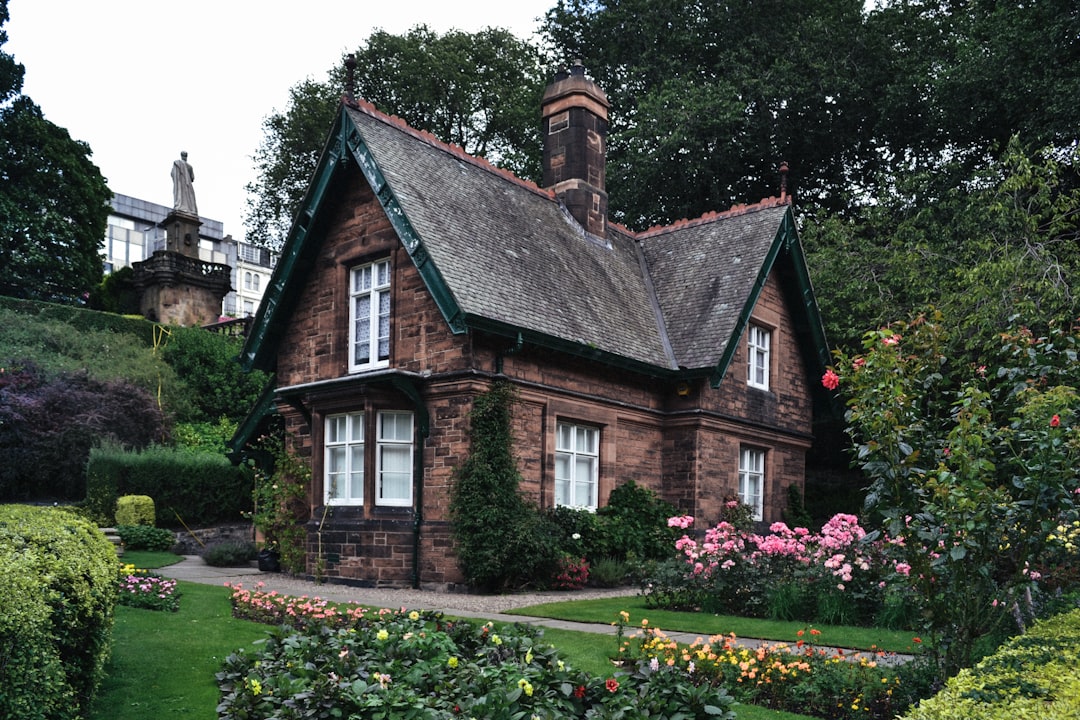heritage homes are cherished relics that embody our historical legacy, offering a window into past architectural styles and craftsmanship. Their preservation is crucial not just for aesthetic reasons but also as living classrooms that educate on societal norms and the evolution of architecture. Restoring these homes to their former glory requires careful historical analysis and adherence to conservation principles, ensuring that they serve as tangible connections to our ancestral heritage while providing modern amenities. The process involves a detailed assessment, selection of authentic materials, and application of traditional techniques, all guided by expert conservators and in compliance with local and national preservation laws. This meticulous approach not only honors the home's original character but also safeguards it for future generations to appreciate and learn from. Heritage homes' restoration is a testament to their enduring value, encapsulating our historical narrative and cultural evolution, and ensuring they stand as historical landmarks for years to come.
Heritage and historical homes are not mere structures; they are living chronicles of architectural evolution, cultural narratives, and societal histories. This article delves into the intricacies of restoring these national treasures, providing a comprehensive guide that spans from grasping their significance to navigating the legal maze governing such endeavors. We explore the restoration process in detail, offering best practices to preserve architectural integrity while breathing new life into these time-honored homes. Join us as we honor our past by safeguarding its tangible expressions for future generations.
- Understanding the Significance of Heritage and Historical Homes
- The Restoration Process: A Step-by-Step Guide for Heritage Homes
- Navigating Legal Frameworks and Regulations in Historic Home Restoration
- Best Practices for Preserving Architectural Integrity During Renovations
Understanding the Significance of Heritage and Historical Homes

Heritage homes stand as tangible reminders of our past, embodying the craftsmanship and architectural styles of bygone eras. Their preservation is a testament to the cultural heritage and history that these structures represent. These dwellings often exhibit unique design elements and construction techniques that have long been forgotten or are rarely seen in modern architecture. The significance of preserving such homes lies not only in their aesthetic value but also in their ability to educate future generations about historical contexts, societal values, and architectural evolution. By restoring these homes, communities can maintain a direct connection with their ancestral roots, ensuring that the stories and memories engrained within their walls are safeguarded for posterity. The process of restoration is a delicate balance between maintaining the authenticity of the historical home and integrating necessary modern amenities, which allows residents to live comfortably while still experiencing a sense of continuity with the past. This harmonious blend of old and new not only sustains our physical heritage but also fosters an appreciation for the rich tapestry of history that has shaped our current way of life.
The Restoration Process: A Step-by-Step Guide for Heritage Homes

Restoring a heritage or historical home is a meticulous process that demands careful consideration and adherence to preservation standards. The first step in this endeavor involves a thorough assessment of the property’s condition, which includes documenting its existing features and identifying any areas requiring attention. This initial evaluation allows for the development of a comprehensive restoration plan tailored to the home’s unique needs. It is imperative to engage with professionals who specialize in heritage conservation; their expertise ensures that restoration efforts are aligned with historical integrity and legal requirements.
Once the plan is in place, the actual restoration process commences with the careful removal of any non-original or unsound additions that could compromise the home’s structural or historical authenticity. This phase also includes stabilizing any deteriorating elements to prevent further damage. The next critical steps involve selecting appropriate materials and methods that match the originals, ensuring that repairs blend seamlessly with the home’s original character. Throughout the restoration, a focus on maintaining the architectural significance of the property is paramount. This includes preserving key architectural features and employing traditional craftsmanship where necessary. Each stage of the process must be approached with respect for the home’s history, ensuring that it stands as a testament to its era for future generations to appreciate and enjoy.
Navigating Legal Frameworks and Regulations in Historic Home Restoration

Navigating the legal frameworks and regulations associated with historic home restoration is a critical step for preserving the integrity of heritage homes. These structures often carry significant cultural or historical value, necessitating careful consideration of local, state, or federal guidelines. Homeowners must first identify the applicable statutes that govern historic property in their jurisdiction, as these can vary widely. This involves understanding the Secretary of the Interior’s Standards for Rehabilitation, which provide a set of principles for treating and preserving historic buildings. These standards ensure that restoration efforts are sensitive to the home’s historical context while allowing for necessary updates to make the property functional and safe for modern use.
In addition to these national guidelines, local regulations may impose additional requirements or offer incentives for the preservation of heritage homes. It is imperative to engage with local historic preservation offices early in the process to determine the scope of work that can be undertaken without compromising the home’s historical designation. This dialogue can also help identify potential funding sources, tax credits, or grants available specifically for the restoration of these significant structures. Throughout the project, adherence to these regulations not only protects the historical character of the home but also ensures compliance with legal requirements that safeguard its future as a legacy for the community and for posterity.
Best Practices for Preserving Architectural Integrity During Renovations

When undertaking renovations on heritage homes or historical buildings, it is imperative to approach the project with a deep respect for their architectural integrity and the cultural value they hold. The best practices for preserving this integrity begin with thorough documentation of the home’s existing conditions, including detailed photographs, measurements, and condition assessments. This documentation serves as a guide for maintaining authenticity throughout the renovation process.
Careful planning and selection of materials that are sympathetic to the original fabric of the building are crucial. Professionals involved in such projects should have expertise in heritage conservation, ensuring that any alterations made enhance the home’s historical significance rather than detract from it. The use of reversible methods and minimally invasive techniques allows for future adjustments without compromising the structural or aesthetic elements that define these homes. Additionally, engaging with local preservation authorities and adhering to their guidelines is essential, as they often provide invaluable insights into the best practices for maintaining the home’s historical character. By prioritizing the preservation of heritage homes through meticulous planning, material selection, and respectful restoration methods, these treasures can be safeguarded for future generations to appreciate and enjoy.
In conclusion, the preservation and restoration of heritage and historical homes are a testament to our collective cultural legacy. These structures are not merely buildings; they are tangible connections to our past, embodying the craftsmanship and values of previous generations. The intricate process of restoring such homes requires a delicate balance of adherence to architectural integrity and compliance with legal frameworks and regulations. By following the step-by-step guide outlined in this article, preservationists and homeowners can ensure that these treasures are maintained for future generations to appreciate and enjoy. It is through this dedication to conservation that the stories and significance of heritage homes will endure, safeguarding a vital piece of our shared history.
